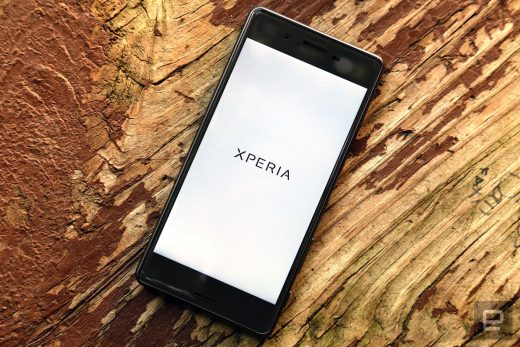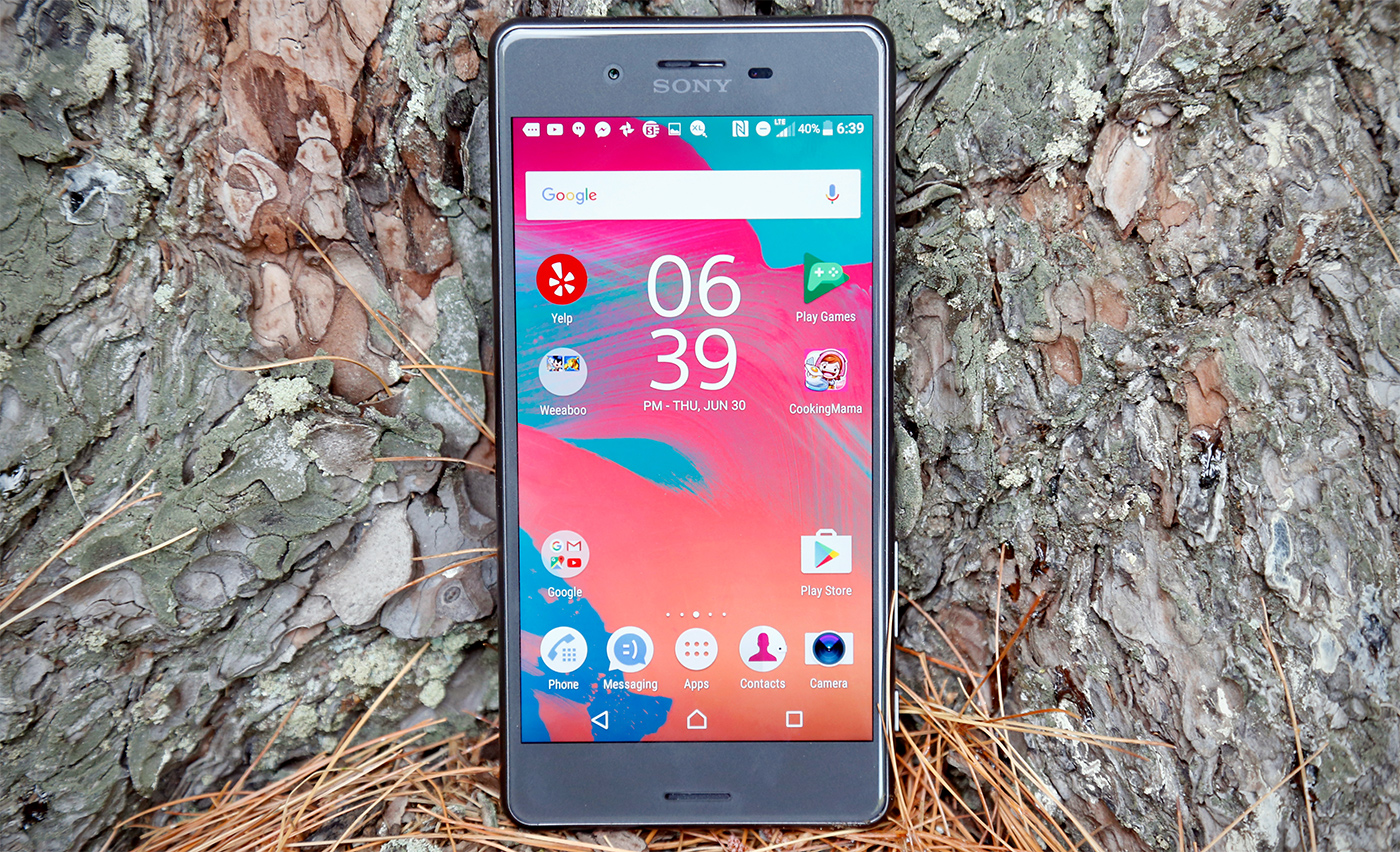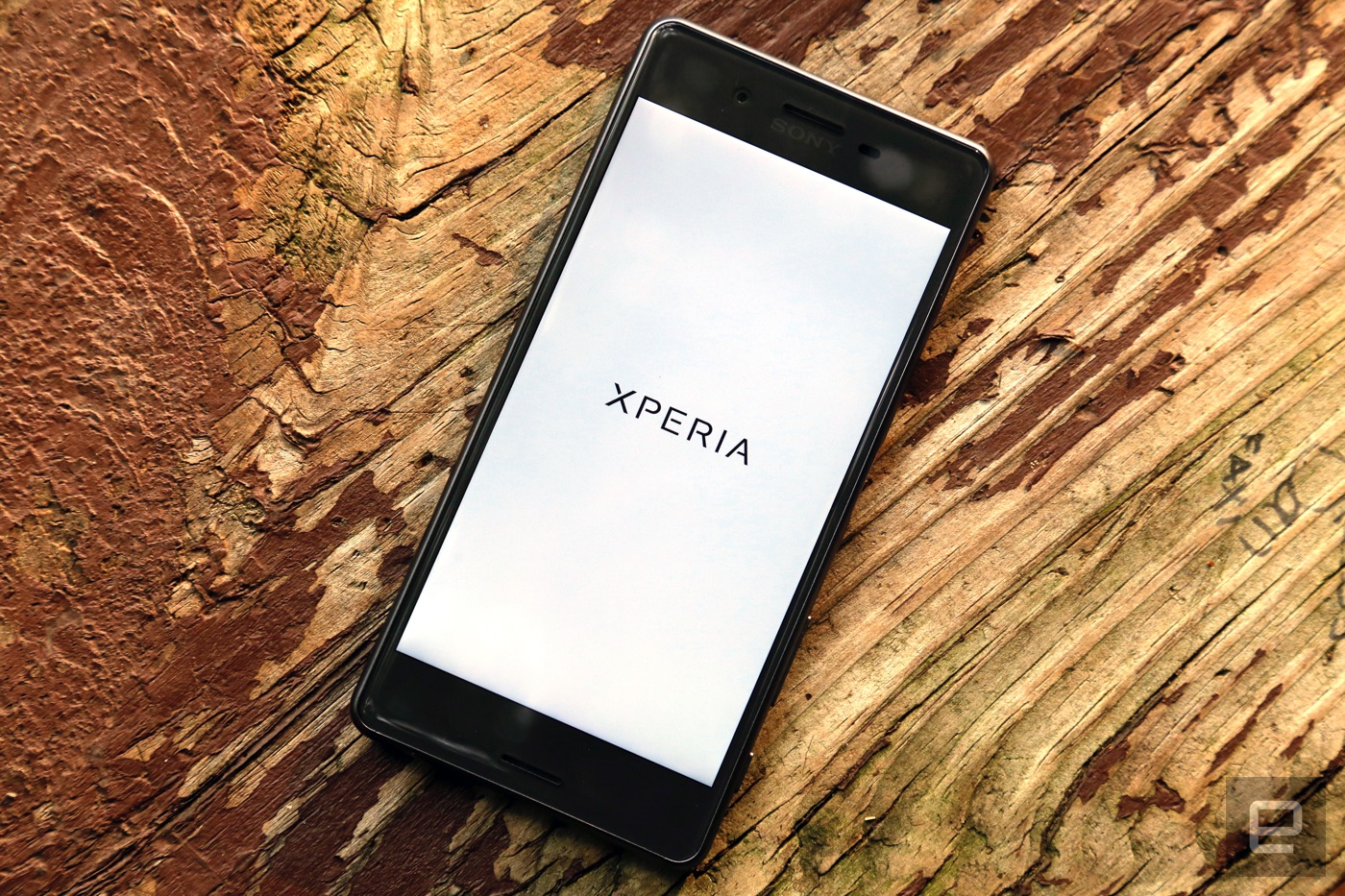Sony Xperia X Performance review: $700 worth of disappointment
Oh, Sony. The company has tried time and again to craft a smartphone that would find success in the US, and time and again it has fallen short. But when Sony pulled back the curtain on a batch of new Xperia X’s at Mobile World Congress earlier this year, I allowed myself to get a little excited. Maybe these were the right phones at the right time, I thought, and maybe a company whose products I otherwise respected would find the foothold it was looking for. After being underwhelmed by the standard Xperia X last month, I still held out hope that the high-end Xperia X Performance would be the phone Sony needed.
Long story short, it’s not. Don’t get me wrong: It’s a serviceable device, and in many ways it’s actually very nice. The thing is, a $700 smartphone should be able to deliver some modicum of excitement to the person who owns it; the X Performance mostly just leaves me cold.
Gallery: Sony Xperia X Performance review | 22 Photos
Engadget Score
Pros
- Flagship-level performance
- Water-resistant design
- Lightweight, unobtrusive Android skin
Cons
- Not worth the asking price
- Lacks some features you’d expect from a flagship
- Middling camera
- Occasionally overheats
Summary
Sony, what are you doing? Though the $700 Xperia X Performance features a flagship-level processor and runs well as a result, Sony apparently didn’t feel the need to bring anything new to the table. What we have here is a reasonably good smartphone that lacks soul or ambition, and ultimately costs too much for what it is.
Hardware
Even though the X Performance is the most high-end of the four Xperia phones Sony plans to launch in the US, you wouldn’t be able to tell just by looking at it. In fact, do yourself a favor: Don’t put an Xperia X Performance down next to a regular Xperia X, because you’d probably never tell them apart. From the 5-inch, IPS LCD display up front to the 23-megapixel camera around back, these two devices are nearly identical. Well, until you spill a drink on them, at least. The X Performance picks up where previous Sony flagships left off with an IP68-rated chassis that helps it shrug off dust and water with ease, even when you stick it under a soda machine and let sticky stuff like Coke fly.
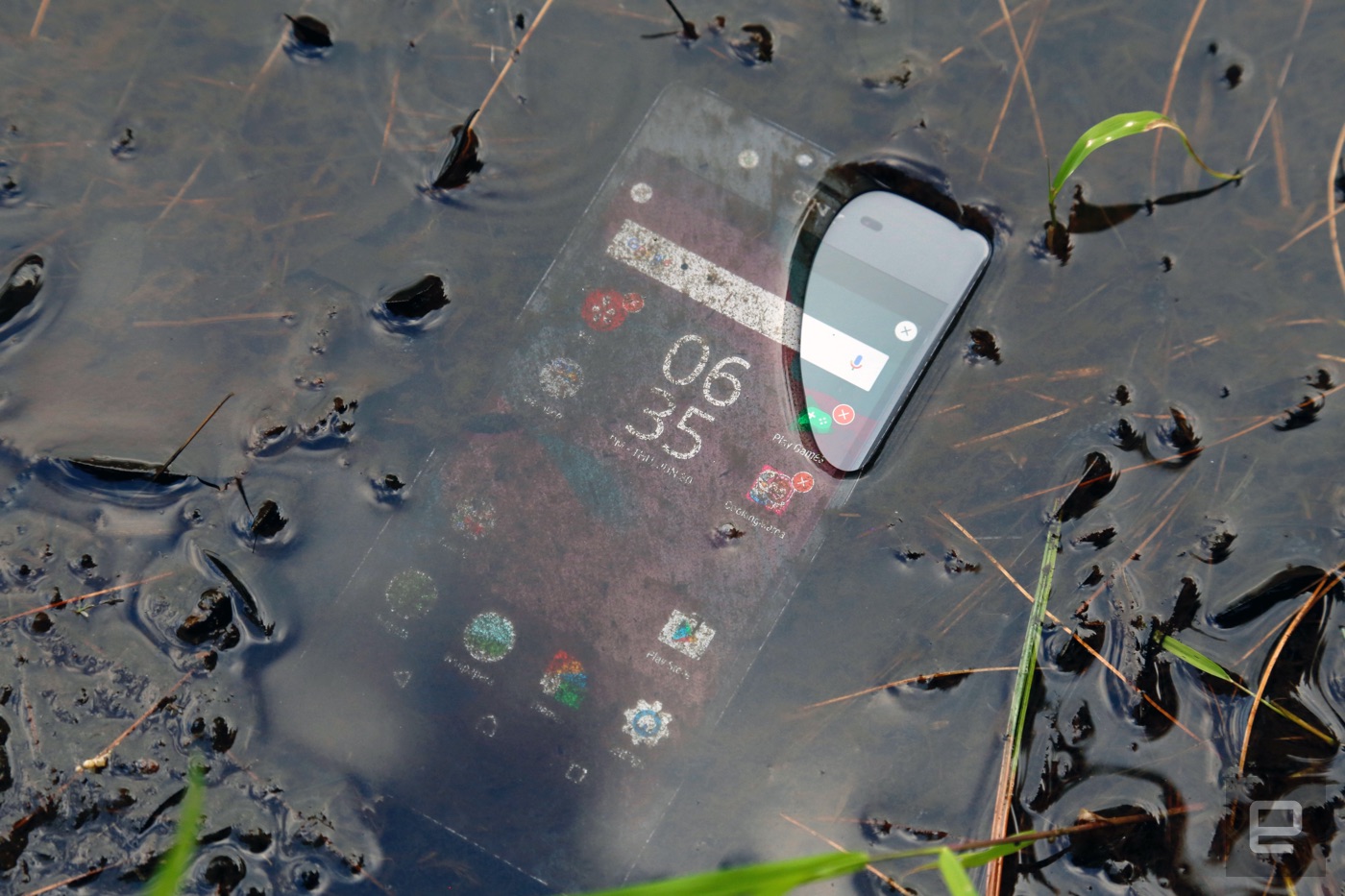
Beyond that (and as the name implies) we’re basically looking at an Xperia X with a faster quad-core Snapdragon 820. That has its ups and downs, though: The chipset, paired with 3GB of RAM, gives the X Performance flagship-level horsepower, but the phone still suffers from some irritating design quirks. For one, you’d think a modern flagship phone — one that costs $700, no less — would have a fingerprint sensor for quick and easy authentication. Nope! The international version has one, but we Americans have to do without. Meanwhile, the placement of the volume buttons beneath the sleep/wake button on the right edge just seems dumb. Unless you’re a professional finger contortionist, it’s really difficult to hold the X Performance in your right hand and turn the volume down. It might be a mainstay of Sony’s “OmniBalance” design language, but that doesn’t mean it’s not a bad idea.

It’s not all frustrating, though. The X Performance’s fit and finish are lovely, and there’s something alluringly … friendly about its look. There’s a physical, two-stage camera button sitting below those tricky volume keys, and it’s generally a joy to use. On the other edge is a SIM/microSD card tray you can pull out with just your fingernail, instead of having to rely on a paper clip you had to scrounge for. That tray, by the way, will take memory cards as big as 200GB, which is helpful, since 12GB of the X Performance’s 32GB storage allotment is eaten up by system software. Since the X Performance comes with a more powerful processor, it has a bigger battery than the normal X too, if only just. Think: 2,700mAh instead of 2,620mAh.
Display and sound

I liked this 5-inch, 1080p IPS LCD screen when I first saw it on the Xperia X, and my feelings about it haven’t changed. It’s a generally great panel, capable of bright, vivid colors and deep blacks. We have the one-two punch of Sony’s Triluminos display tech and its X-Reality engine to thank for those colors, though you have the option to tweak the screen’s white balance and saturation settings if the defaults aren’t your speed.
While the screen Sony used hasn’t changed, though, the context around that display couldn’t be more different. A 1080p panel is fine for an ostensibly mid-range phone like the Xperia X, but some of the most impressive flagships we’ve seen this year came with Quad HD displays. Remember, this is a phone that costs $700 — if Sony could squeeze an honest-to-goodness 4K screen into the Z5 Premium, why couldn’t it have tried to at least match its competitors with a screen running at 2,560 x 1,440?

Resolution aside, I really can’t complain about the X Performance’s screen. The speakers, on the other hand, leave a little more to be desired. There are two drivers baked into the Xperia’s face for stereo sound, and most of the time audio comes out clear, if a little spacious. The phone’s maximum volume falls short of some competitors’ too — though, really, you probably weren’t going to use this thing to run your next party playlist anyway. Curiously enough, you can make up for that lack of oomph a bit by putting it down on a table instead of holding it. Seriously! A selection of show tunes I played seemed noticeably meatier when the X Performance was sitting face up on a wooden table. Or, you know, you could just plug in a pair of headphones. If you do, you’ll be prompted to go through an “automatic optimization” process that didn’t seem to do much during my week of testing.
Software
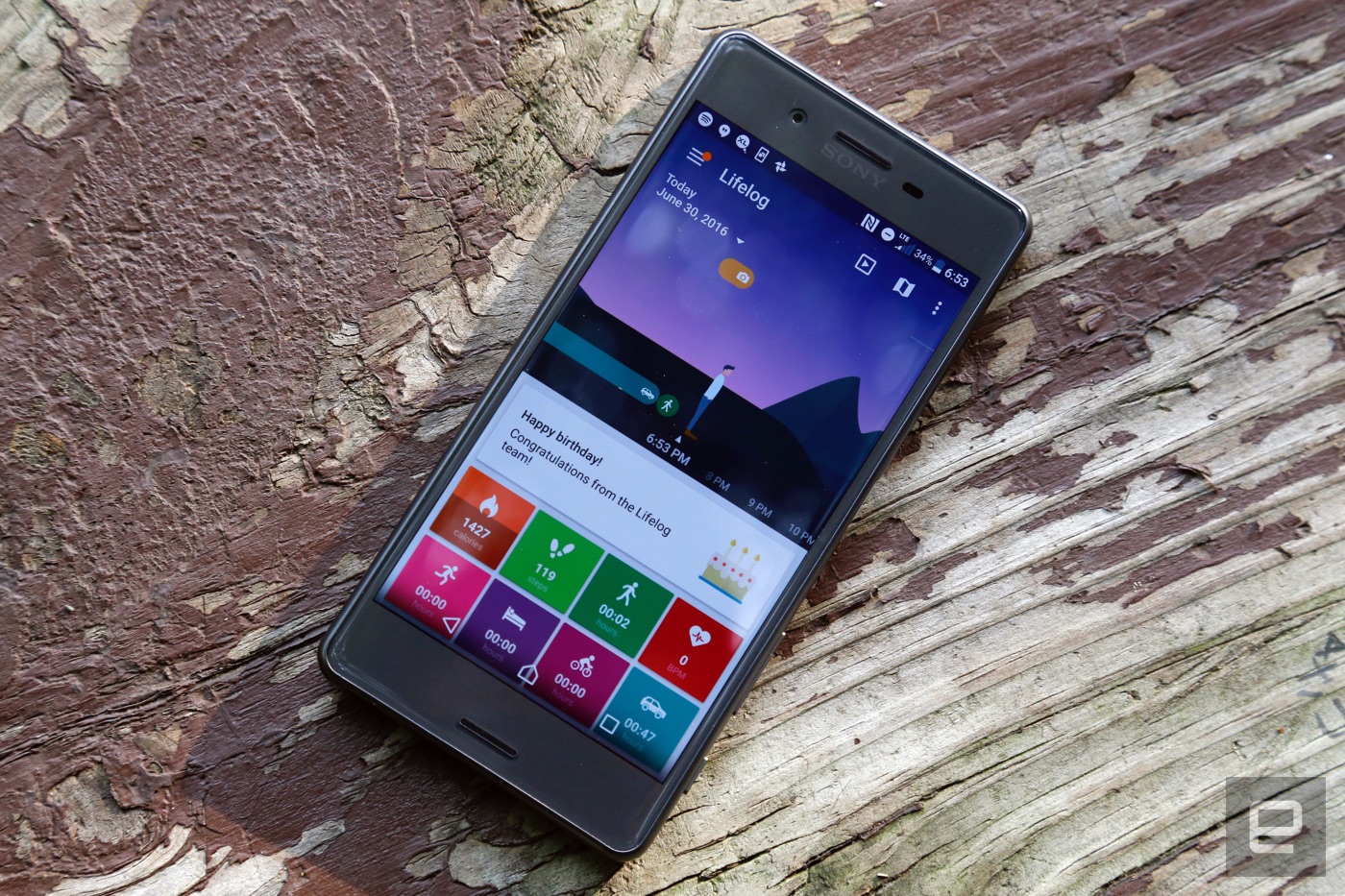
While earlier Xperia phones didn’t receive software updates in a timely manner, there’s nothing to worry about here: The X Performance ships with Android 6.0.1 Marshmallow. As usual, it’s obscured somewhat by Sony’s custom interface, and it can be pretty damn polarizing. For the most part, I’m fond of Sony’s use of bold colors and minimal changes to the core Android experience. Those changes aren’t minimal enough for some, though; my new colleague Cherlynn is no fan of Sony’s changes, stylistic or otherwise. Sure, you’ll have to contend with a few widgets enabled out of the box, but for the most part Sony has done well staying out of Android’s way. My only real gripe: Swiping right in the app launcher brings up a search screen with recommendations for apps you should download, and some of them are sponsored. Ugh.
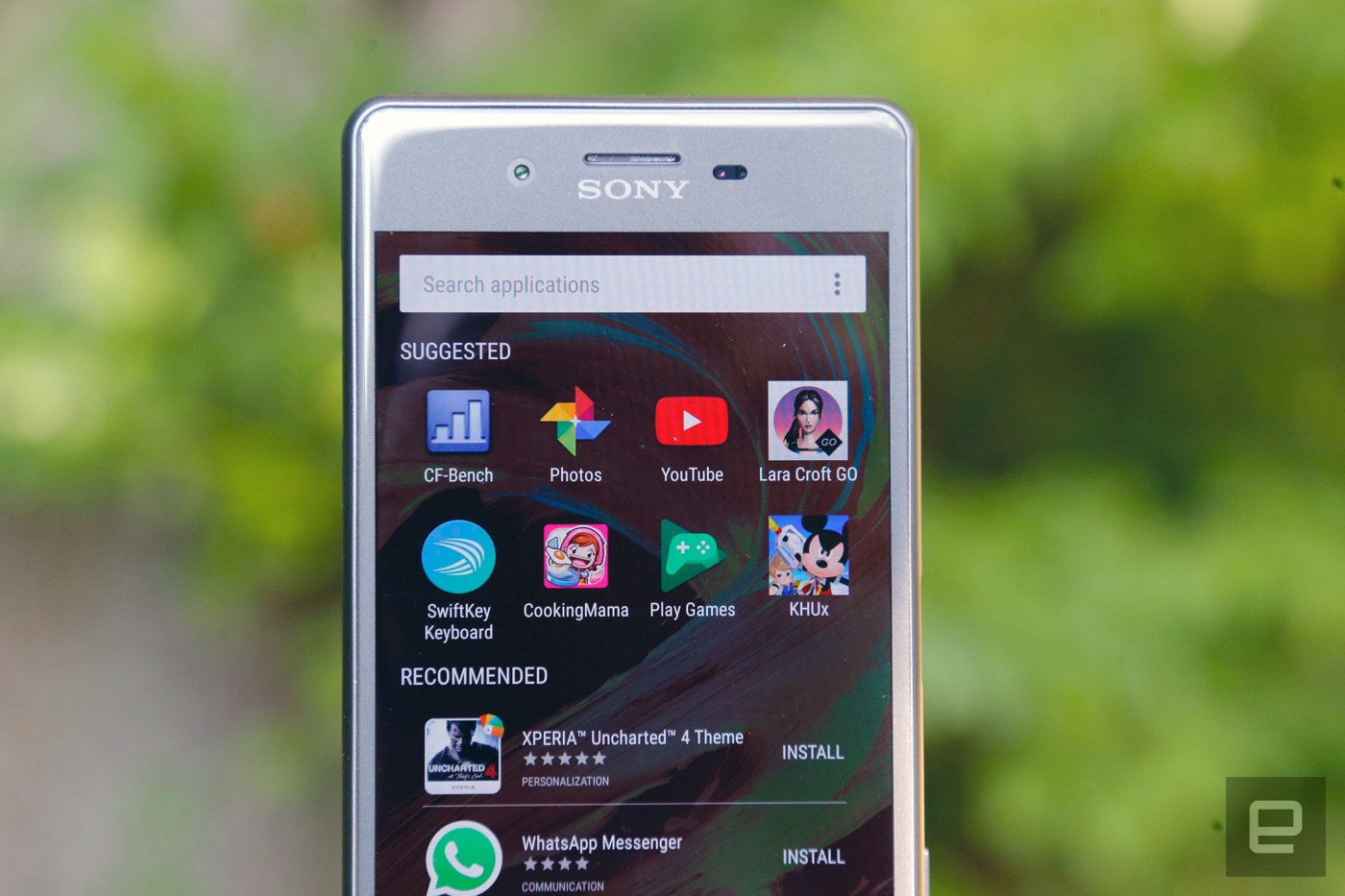
That’s not to say the X Performance doesn’t come with extras. The upside to Sony’s not having an overbearing carrier partner this time around is that there’s no carrier bloatware in sight. Instead, the few pre-loaded apps here are welcome additions: The SwiftKey keyboard is enabled by default, for one, and the PlayStation app is there for those who want to control their PS4’s. Still, you also get an undeletable copy of AVG Protection that you’ll probably never use, and a Sony app called Sketch lets you doodle on photos you’ve taken. Why did we need this? It’s a mystery for the ages. If it were up to me, all high-end Android phones would just ship with stock Android. Since that obviously will never happen, we’ll have to keep dealing with custom UIs painted on top of Android. At least Sony’s is among the least troublesome.
Camera

As mentioned, the Xperia X Performance has the same cameras as the bog-standard Xperia X, which means it has the same issues too. First, the good: The 13-megapixel selfie camera is pretty great, and the 23-megapixel main camera can snap some vibrant, detailed photos in well-lit conditions. It’s fast to lock on to targets too, if not quite as fast as Samsung’s Galaxy S7 line.
For situations with moving subjects, you’ll be glad to know you can tap the target on-screen to make the focus follow it. (In my experience, it’s good for babies, so-so for cats and kind of lousy for cars.) And there’s really something to be said for having a physical shutter button, one that you can half-press to focus on something. They’re more or less passé at this point, but as far as I’m concerned, the more physical controls, the better. If you require even more control, you can switch into a full manual mode that allows for adjustments to white balance, exposure and more.
Gallery: Sony Xperia X Performance camera samples | 18 Photos
Things get a little less pleasant in the dark, where you’ll start to see a fair amount of grain and soft edges appear. Sony tried to mitigate this from the get-go by setting the default image resolution to eight megapixels with oversampling. This mode basically tries to squeeze the data of a 23-megapixel photo into an 8-megapixel still, but it isn’t enough to give the Galaxy S7’s a run for their money. And while the X Performance typically does well in bright light, there’s such a thing as a situation that’s too bright. When that happens, you’ll notice colors start to get washed out. Oh, and you won’t be using the Xperia X Performance to shoot 4K video — another flagship feature that’s missing here. The 1080p videos the phone records are middling too, so I’m not really sure what Sony was trying to accomplish here.
And then there are the camera apps, which Sony uses to inject some silly fun into an otherwise cut-and-dried camera experience. These range from AR applications that put dinosaurs smack in the middle of your office to masks that cling to your face through the selfie camera to a beautiful sketch filter that turns the world around you into an art student’s homework assignment. The only problem is that these features can cause the phone to overheat; when they do, the camera app force-closes to keep things from getting out of hand. At no point was the phone uncomfortably warm, and I guess I’m glad it acted the way it did, but I can’t remember the last time a first-party feature forced a device to behave so drastically.
Performance and battery life
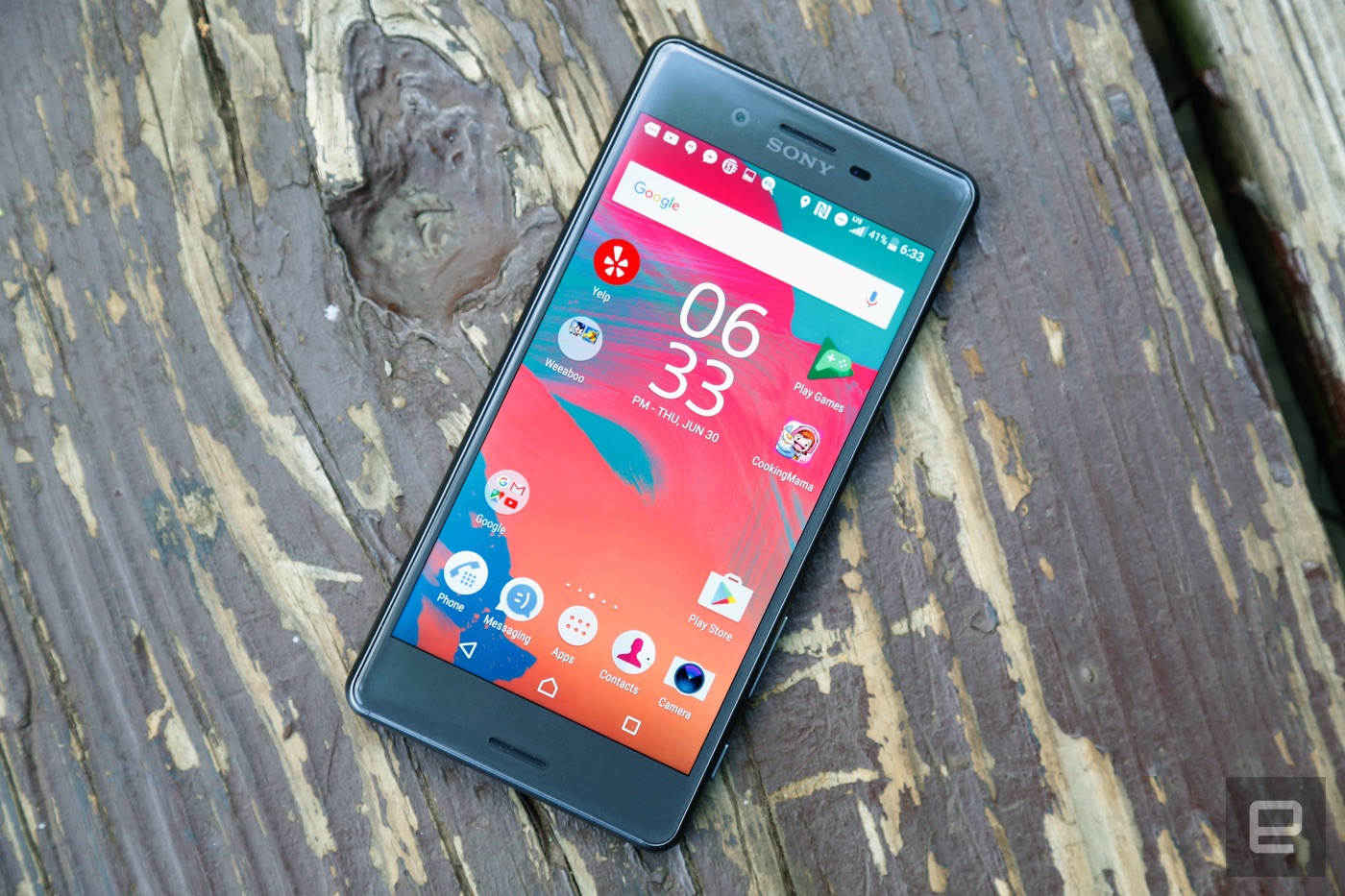
Thankfully, the Xperia X Performance manages to live up to its name: It feels as snappy as other flagships I’ve tested recently. That’s all thanks to the Snapdragon 820 chipset thrumming away inside, along with 3GB of RAM and an Adreno 530 GPU. As usual, my week testing the X Performance involved lots of Slack messages, emails, podcasts and camera use, not to mention playing Real Racing 3, Mortal Kombat X and Hearthstone. The verdict: mostly great. Aside from those moments when using the camera made the phone overheat, I saw only occasional moments of slowdown while multitasking. The Xperia X Performance has 1GB less RAM than most of its rivals, which probably accounts for those occasional hiccups, but it’s also worth noting that Sony’s flagship was basically spanked when it came to benchmark tests:
| Xperia X Performance | HTC 10 | Samsung Galaxy S7 | OnePlus 3 | |
|---|---|---|---|---|
| AndEBench Pro | 12,637 | 16,673 | 14,168 | 13,841 |
| Vellamo 3.0 | 3,307 | 4,876 | 4,285 | 5,202 |
| 3DMark IS Unlimited | 26,070 | 26,747 | 28,529 | 30,058 |
| SunSpider 1.0.2 (ms) | 710 | 608 | 1547 | 699 |
| GFXBench 3.0 1080p Manhattan Offscreen (fps) | 37 | 48 | 45 | 48 |
| CF-Bench | 40,252 | 49,891 | 51,227 | 41,653 |
| SunSpider 1.0.2: Android devices tested in Chrome; lower scores are better. | ||||
As it turns out, the 2,700mAh battery in the X Performance is a mixed bag. When putting it through our standard video rundown test (looping a high-definition video with the screen brightness set to 50 percent and WiFi connected), the phone lasted only nine hours and eight minutes. That’s about 50 minutes less than what we squeezed out of the OnePlus 3, and hours behind the HTC 10, LG G5 and both versions of the Samsung Galaxy S7. Thankfully, the X Performance fared better with daily use. I’d normally get a full day of work out it, with notable bumps in longevity on days I didn’t use the camera much. If I was smart about what I used the X Performance for (note: this rarely happens) and used the included Stamina mode, I could get it to last for almost a day and a half. This is one area where the normal Xperia X outshines its more powerful cousin: I could keep that thing alive for nearly three days of light usage on a single charge. Guess that Snapdragon 820 can get pretty thirsty.
The competition

The Xperia X Performance is a phone with a flagship processor and a flagship price tag, but I’ll be blunt: It’s a terrible deal. Sorry! Between the average camera, underwhelming battery, questionable design choices and lack of a fingerprint sensor and 4K video recording, this phone is a hard sell. You’re better off spending your $700 on a Galaxy S7 or an HTC 10, or even a OnePlus 3 and a fancy dinner. One could even make the argument that you’re better off buying a year-old Sony phone like the Z5 Premium: It has a stunning 4K display, shoots 4K video and boasts a bigger battery for far less than $700. Sure, you’d be giving up an improved front-facing camera and the latest version of Android, but some people probably wouldn’t mind the trade-offs at all.
Wrap-up
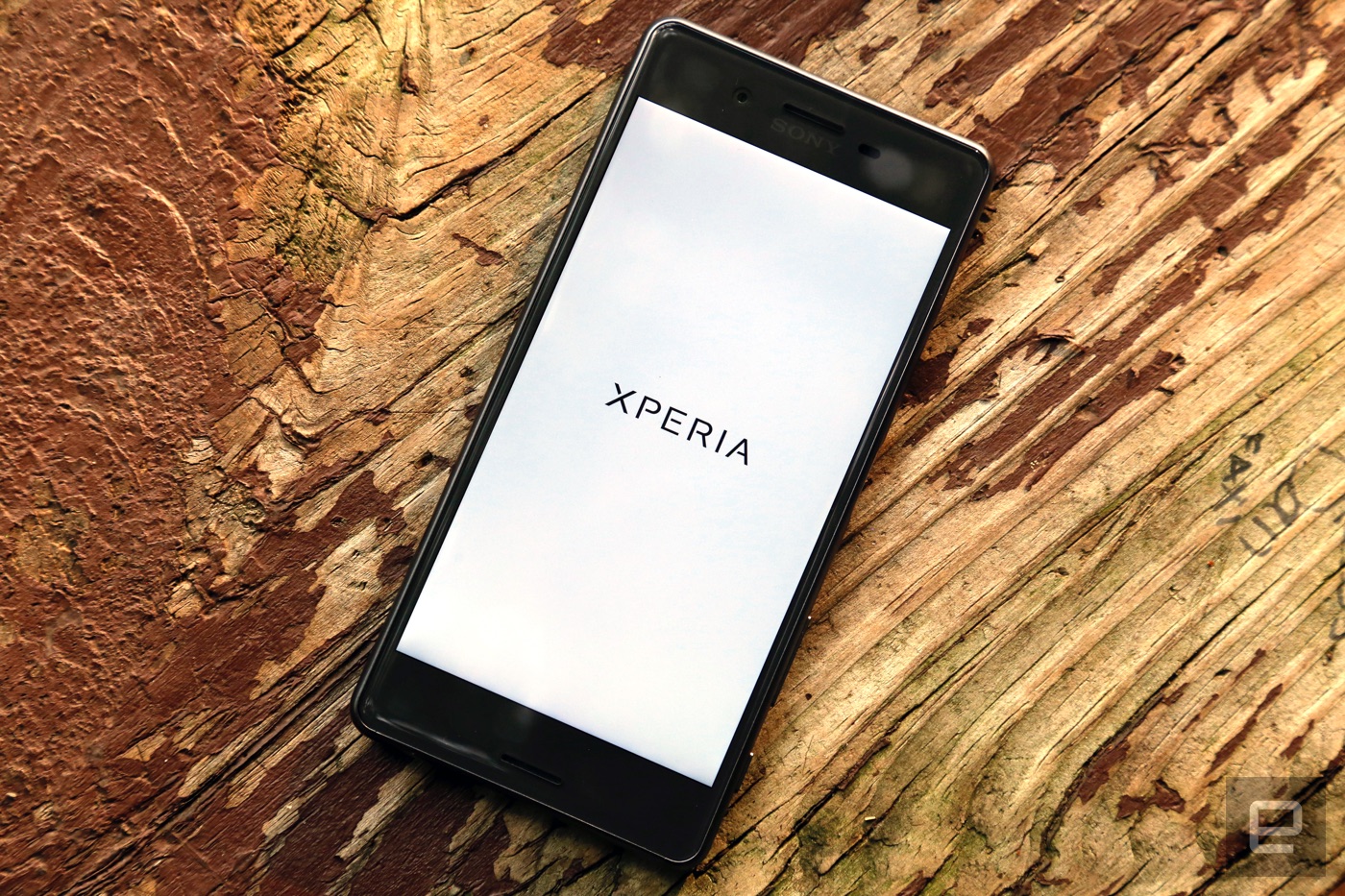
If anyone from Sony is reading this, here’s a serious question: What were you trying to accomplish with the X Performance? It’s a perfectly passable flagship, but is this really the sort of flagship you want your name attached to? I don’t mean to be overly harsh, because in most ways the Xperia X Performance is an adequate phone. The bigger issue is whether a phone that costs $700 should really just be “adequate.” I’d argue no. Sony’s competitors are busy innovating just to maintain some sort of edge over one another, be it Samsung devoting resources to building first-class cameras, HTC constantly refining its approach to software or LG basically throwing caution to the wind. And here’s Sony, with a smartphone that costs just as much as the others and brings nothing new to the table. The Xperia X Performance is far from a bad phone; it’s just halfhearted, and that won’t get Sony anywhere.
(93)

